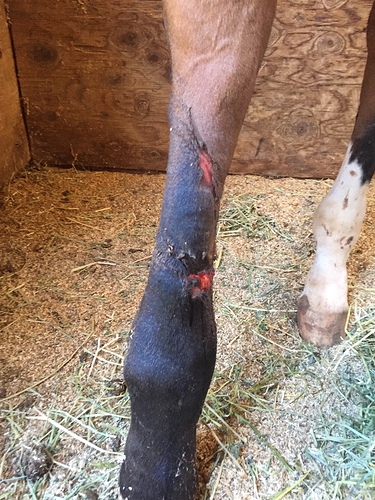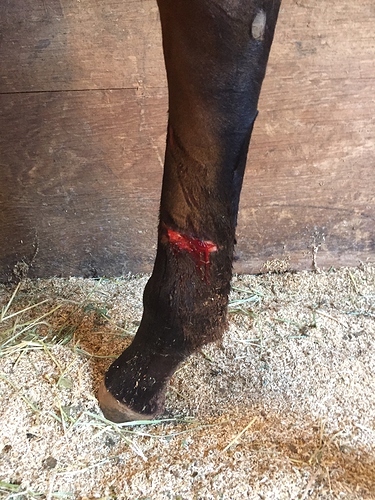Updating because this was bumped up:
It’s not quite been 3 weeks with 5 strands of coated high tensile (top rail hot, the rest regular).
My observations so far:
It is pretty easy to repair and work with. I appreciate that, since the sellers left it in bad shape.
The first major safety test that I was present for was when my half blind mare ran full speed into it in the dark. While I didn’t actually see the collision, I certainly heard it. It sounded like she may have even gotten a leg through or over it from the amount of scuffling after impact. But she didn’t have a single mark on her and the fence had no damages.
I definitely need to add another hot strand lower. Not only is the donkey quickly realizing how easy it is to graze through the fence when the hot strand is taller than you, the horses are also putting their head/noses through the bottom despite the top being hot.
It is ironic @redheadthoroughbred bumped this up about grounding; it took me a second to realize the statement was about @BroncoMo’s issue. I’m having a major stray voltage problem of unknown origin. Obviously it’s not the fence alone, but the conductivity of the wire has it spreading everywhere (except to the horses when they graze through it because of the coating). We’ll keep trying to find the source but after eliminating several possibilities I think it may be some of the old insulator sleeves.

 .
.
